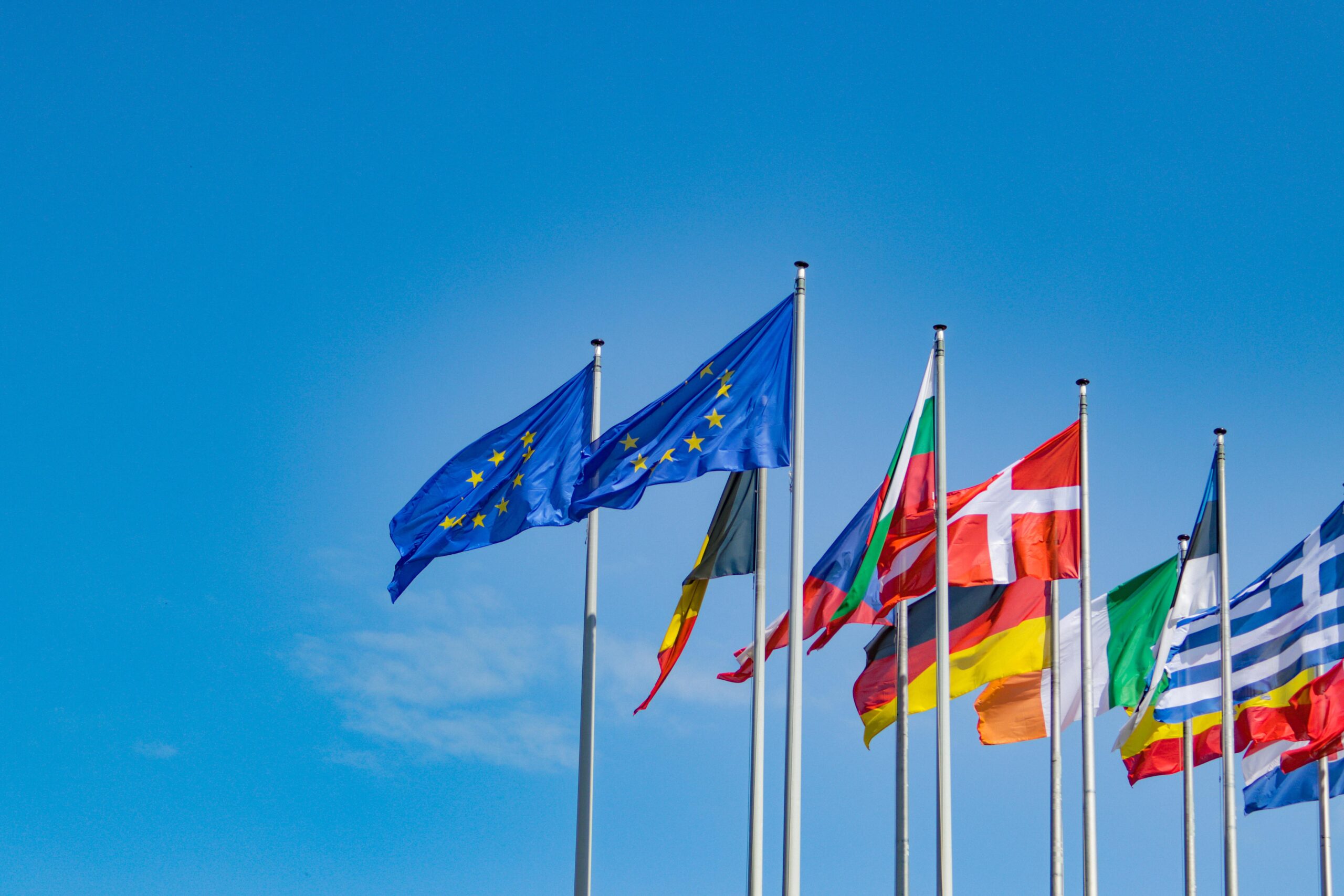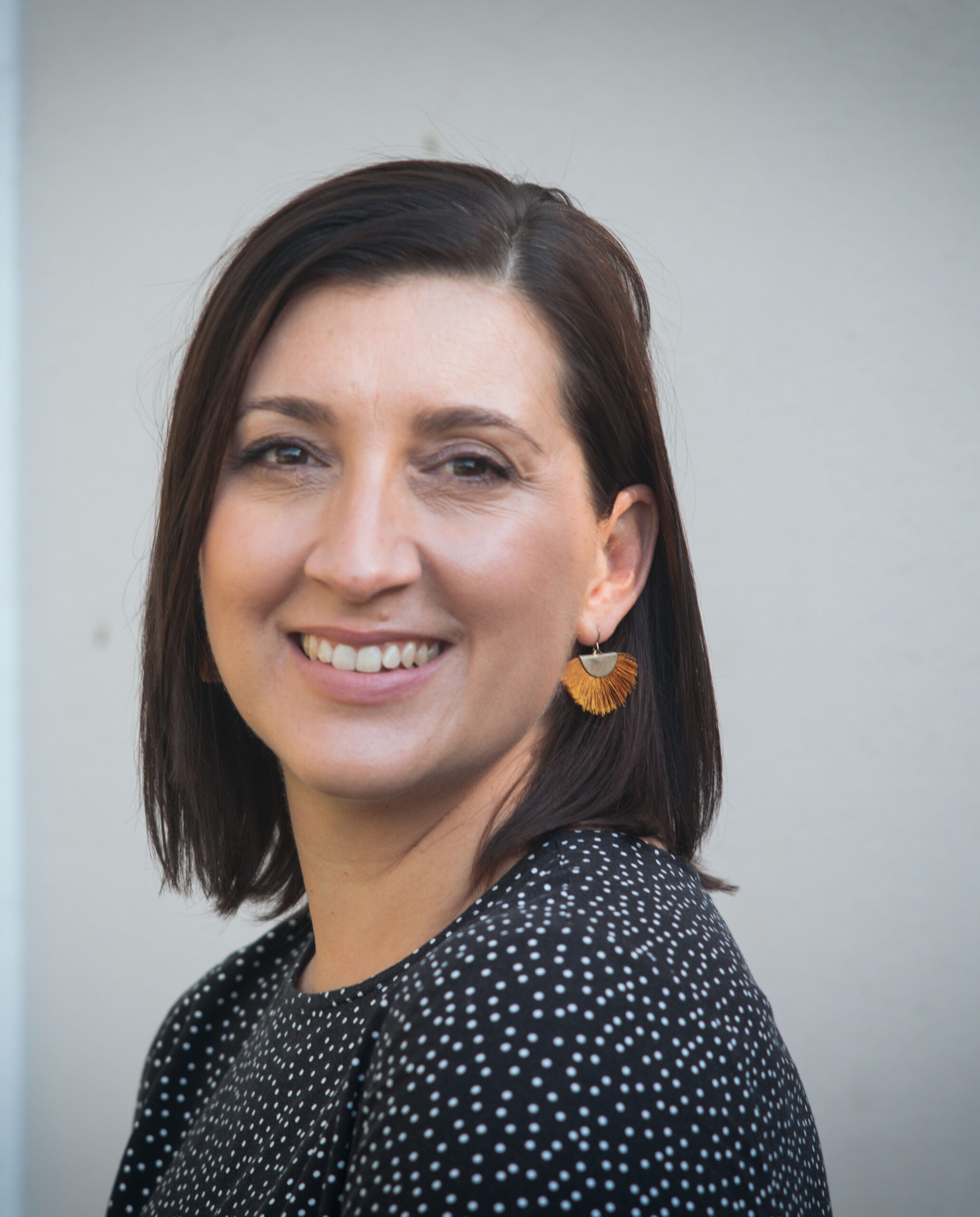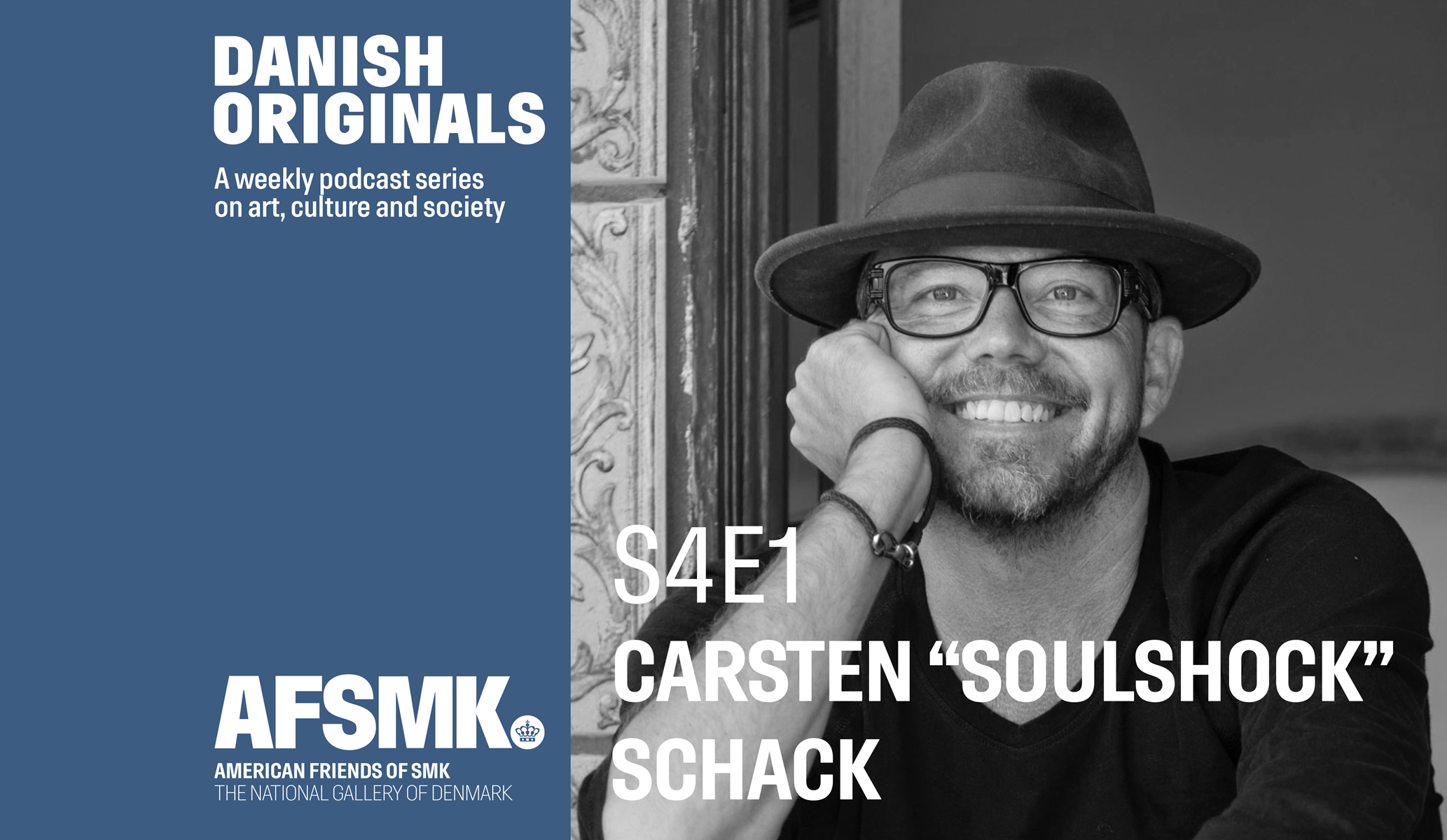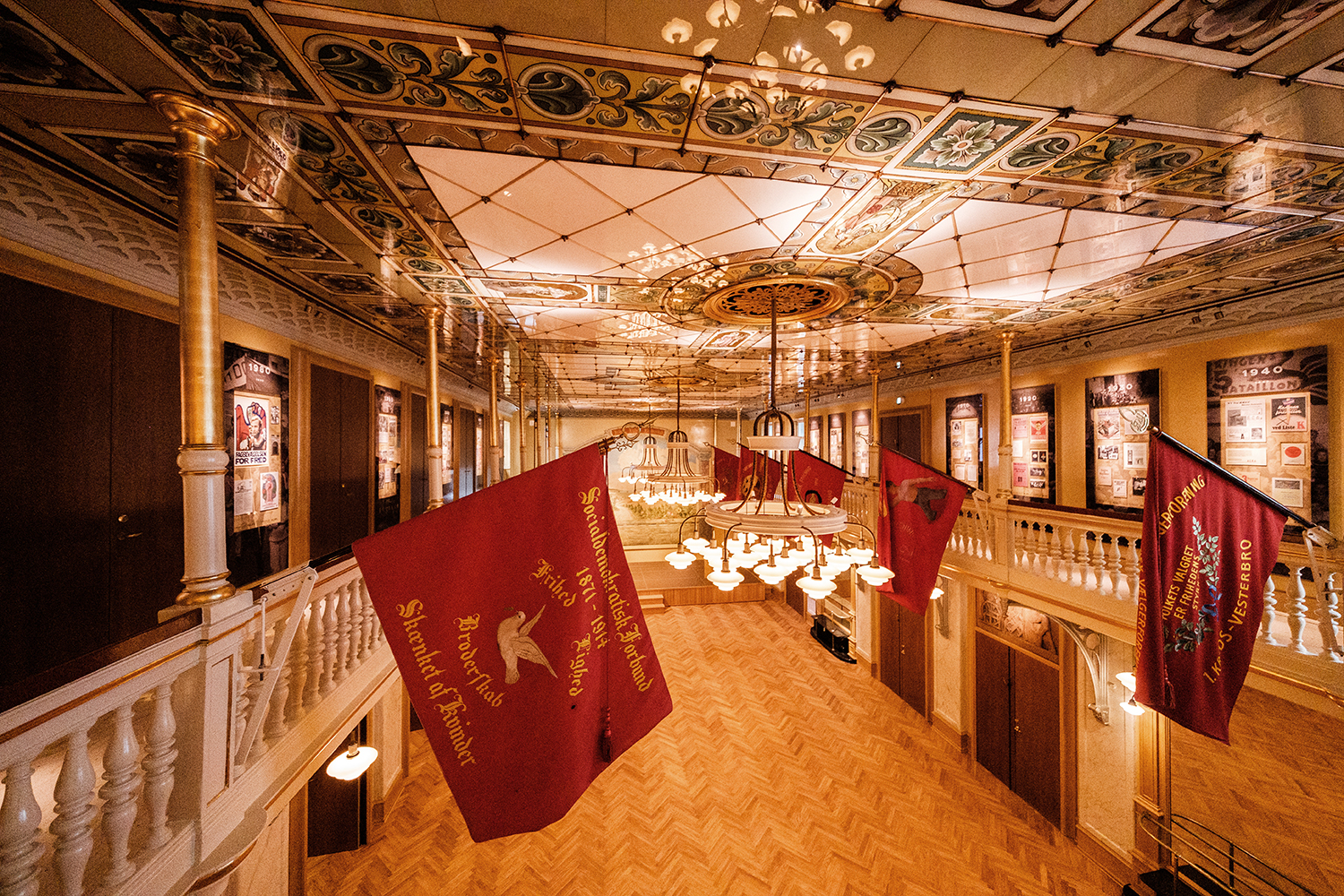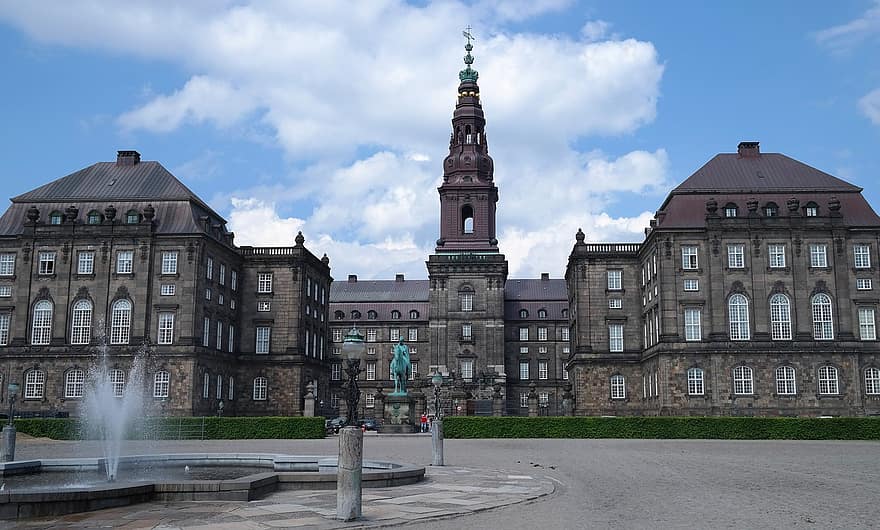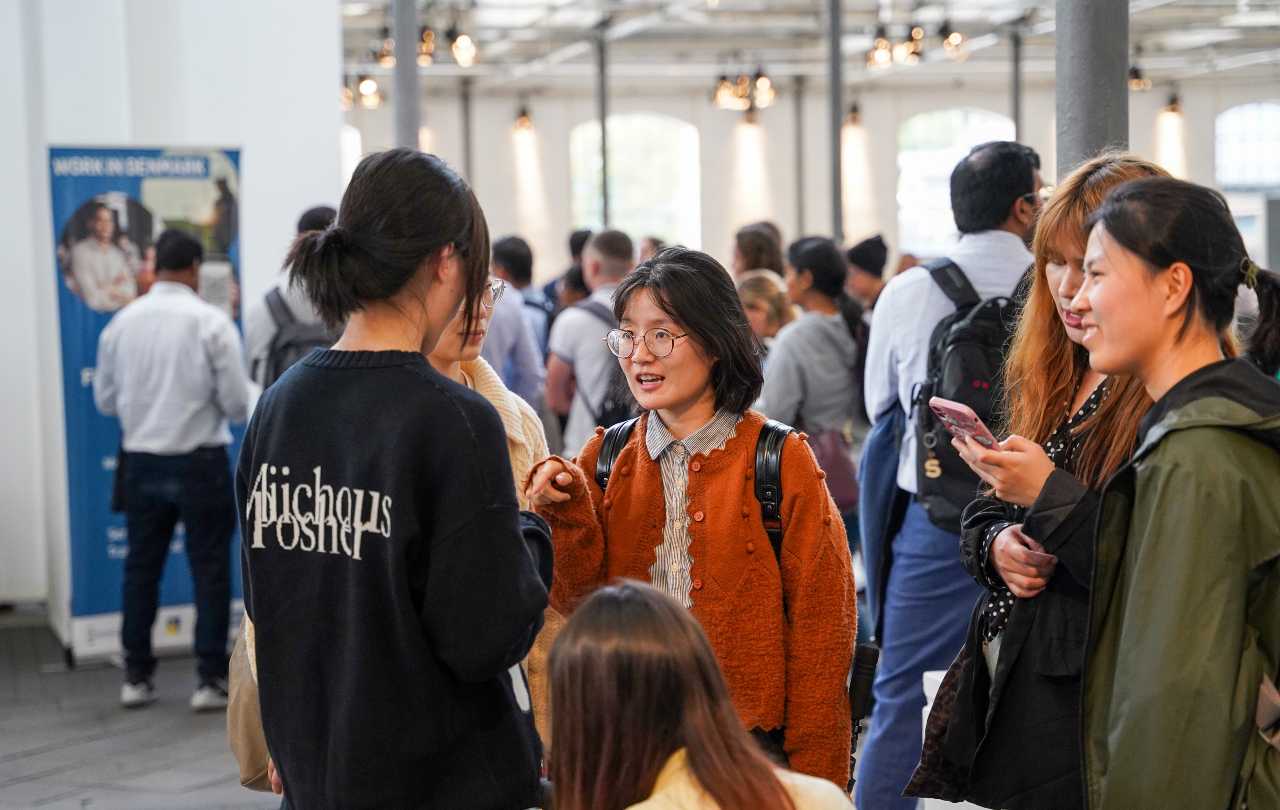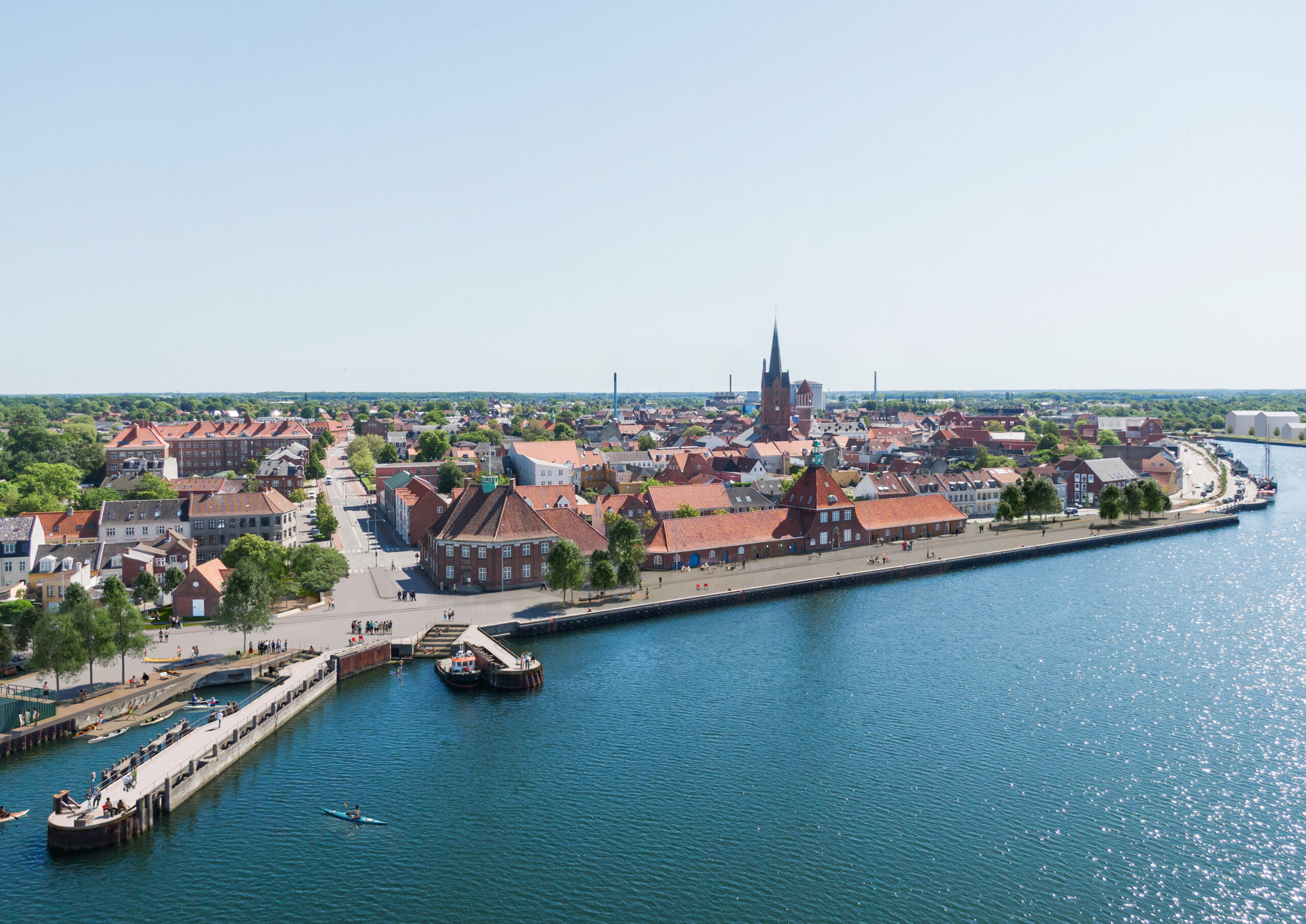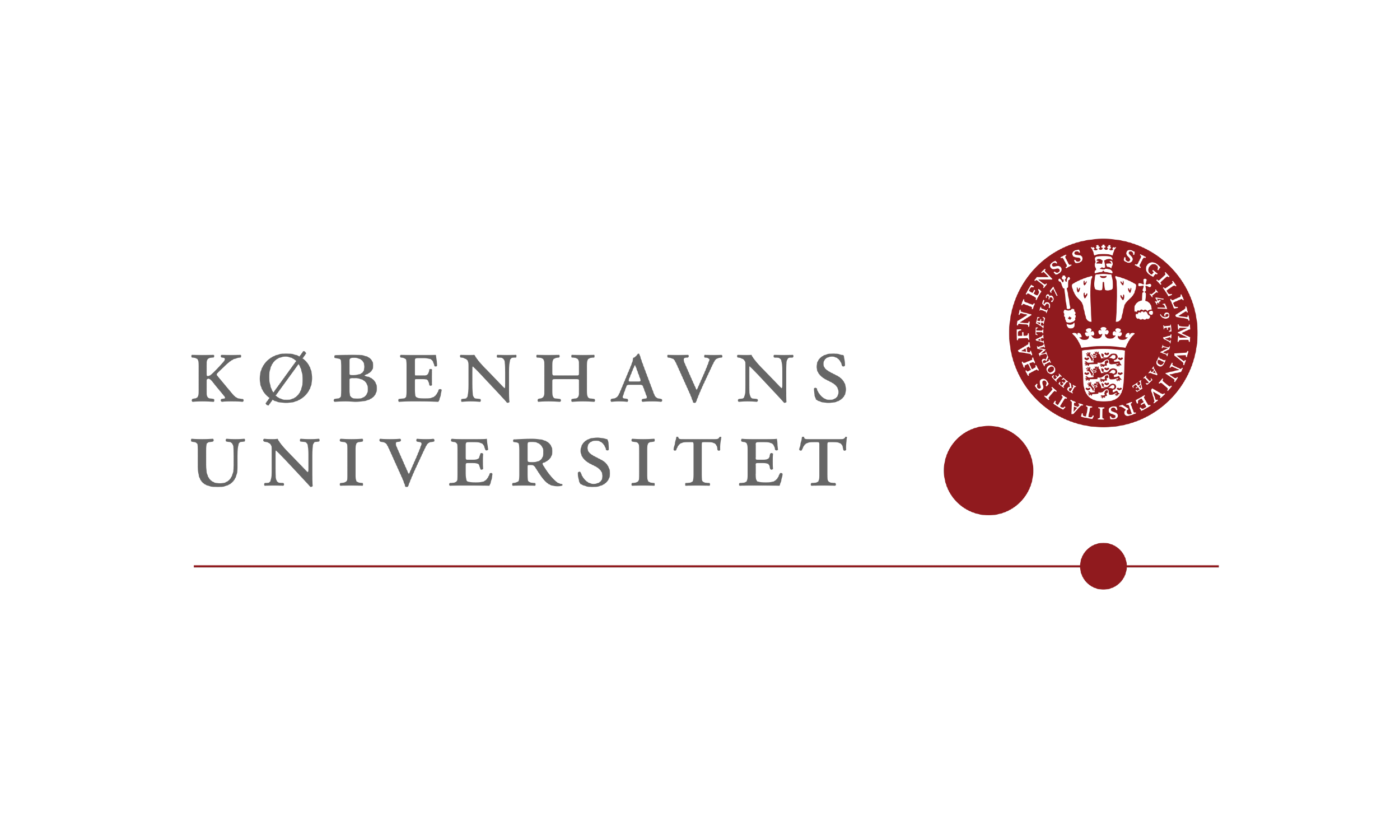
The audience for Helena Franzén’s ‘To Make This Up’ take their seats at Dansehallerne’s big stage around a square rimmed by a white neon tube.
The square doesn’t seem bigger than a large living room, and the fact that there’s only a single row of chairs around it makes watching Franzén’s piece an intimate experience: there can’t be more than 60 people seated around the rimmed square and everyone is sitting in the front row.
On this ‘dancefloor’, two female performers have already begun to move, keeping their bodies ducked on a horizontal level as if cowering away from something. They wear soft trousers with a crinkled look that makes them appear like elongated image noise.
This set-up in the grey space, which is coldly lit throughout most of the performance, proves visually striking and establishes a physically engaging atmosphere. Stefan Johansson, with whom Franzén is collaborating for the first time, has created an electronic soundscape.
The choreography alternates slow parts with abrupt movements. Sometimes the dancers in the dynamic duet relate to each other, but their partnering takes many different shapes.
They might perform their movements towards each other, touch or move in sync. Or it might just be a certain movement quality, stretched limbs or turning heads that coincide in the two dancers’ performance.
Franzén has been active as a choreographer in Sweden since the late 1990s. Her choreographic language relies on sheer movement, usually omits narrative and aims to provoke immediate physical and emotional responses from the audience.
This means ‘To Make This Up’ isn’t ‘about’ anything in the usual sense of the word. At times, the dancers focus into the distance like animals surveying the territory; at times the deep wrinkles on Franzén’s forehead and the music’s boominess establish a catastrophic tone.
But whatever the movement language tells the individual spectator, the two dancers are quite good at articulating it. Especially choreographer Franzén, who replacing her injured dancer Elizaveta Penkova uses her body tension for sharp movement attacks.
Her precision is particularly impressive in the close-up situation the piece creates between dancers and spectators.

